In this exclusive interview, Sri shares his insights, experiences, and the philosophies that drive his professional success.
Sri S. Challa has carved a niche for himself in the realms of computer system validation, quality management, and compliance within the life sciences and technology sectors. With a robust background that spans various high-impact roles, Sri’s journey from a chemical engineering undergraduate to a leading figure in regulatory and quality management is nothing short of inspiring. In this exclusive interview, Sri shares his insights, experiences, and the philosophies that drive his professional success.
Q1: What initially drew you to the field of computer system validation and quality management?
A: My journey into computer system validation and quality management was somewhat serendipitous. While studying chemical engineering and biological sciences at BITS Pilani, I was fascinated by the rigorous processes and high standards required in the pharmaceutical and biotech industries. My subsequent Master’s in Biomedical Engineering at Rutgers University further solidified my interest in ensuring the highest quality and compliance standards. The transition into validation and quality management felt natural as it combined my technical knowledge with a passion for meticulous process control and regulatory adherence.
Q2: Can you describe a particularly challenging project you’ve worked on and how you overcame the obstacles?
A: One of the most challenging projects I led was at Verily Life Sciences, where we were developing a Laboratory Information Management System (LIMS) amidst the backdrop of the COVID-19 pandemic. The urgency and critical nature of the project required not only technical expertise but also the ability to manage a rapidly changing regulatory environment. We faced significant challenges in ensuring compliance while accelerating the development process. By fostering a collaborative environment, leveraging risk management strategies like FMEA, and maintaining open communication with all stakeholders, we successfully navigated these obstacles and delivered a robust solution.
Q3: How do you approach integrating new regulatory guidelines and standards into existing systems and processes?
A: Integrating new regulatory guidelines and standards is a systematic process. It begins with a thorough analysis of the new requirements and assessing their impact on current systems. At Celito Tech, for instance, we employ a risk-based approach to evaluate how these changes affect our products and processes. This involves updating our SOPs, conducting training sessions for the team, and ensuring that all changes are documented and validated. Continuous monitoring and feedback loops are essential to ensure that the integration is smooth and that compliance is maintained without disrupting ongoing operations.
Q4: Could you elaborate on the role of risk management in computer system validation and quality assurance?
A: Risk management is a cornerstone of both computer system validation and quality assurance. It involves identifying potential risks, assessing their impact, and implementing measures to mitigate them. At Betteromics, for example, we used risk-based validation to prioritize our efforts based on the criticality and intended use of the systems. Techniques such as FMEA and CAPA are instrumental in this process. By proactively managing risks, we can prevent issues before they arise and ensure that our systems are robust and reliable, ultimately safeguarding patient safety and data integrity.
Q5: What strategies do you employ to ensure continuous improvement in quality and compliance processes?
A: Continuous improvement is about fostering a culture that values feedback and innovation. One effective strategy is the implementation of regular audits and reviews, which help identify areas for improvement. At Illumina, we introduced electronic validation lifecycle management systems like ValGenesis, which streamlined our processes and facilitated continuous monitoring. Additionally, engaging cross-functional teams in brainstorming sessions and leveraging tools like Jira for tracking improvements have proven beneficial. Keeping abreast of industry trends and regulatory changes also ensures that our processes remain current and effective.
Q6: How do you handle the challenges of working across different geographical regions with varying regulatory requirements?
A: Working across different regions requires a deep understanding of local regulations and a flexible approach to compliance. At Gilead Sciences, for instance, we often had to navigate diverse regulatory landscapes. Establishing a global compliance framework that could be tailored to specific regional requirements was crucial. This involved close collaboration with local experts, continuous training for the team, and leveraging technology to ensure that our systems and processes were adaptable. Maintaining open lines of communication and a clear documentation trail also helped in managing these complexities effectively.
Q7: In your experience, what are the key elements of successful change management in a highly regulated environment?
A: Successful change management in a regulated environment hinges on meticulous planning, clear communication, and stakeholder engagement. At Celito Tech, for example, we ensure that every change initiative is accompanied by a detailed change control process. This includes risk assessments, impact analysis, and obtaining necessary approvals before implementation. Regular training sessions and clear documentation help in minimizing resistance and ensuring that everyone is on the same page. Continuous monitoring post-implementation ensures that the changes are effective and that any issues are promptly addressed.
Q8: How do you ensure effective collaboration between different departments to achieve common quality and compliance goals?
A: Effective collaboration is built on a foundation of mutual respect and open communication. At Verily Life Sciences, I facilitated cross-functional meetings and workshops to ensure alignment on quality and compliance objectives. Using collaborative tools like Google Workspace and Jira, we created transparent workflows where everyone could contribute and stay informed. Establishing clear roles and responsibilities and fostering a culture of accountability were also key. Regular updates and feedback sessions helped in maintaining momentum and ensuring that all departments were working towards the same goals.
Q9: What role does technology play in enhancing quality and compliance in the life sciences industry?
A: Technology plays a pivotal role in enhancing quality and compliance, providing tools that streamline processes, improve accuracy, and ensure regulatory adherence. Implementing systems like ValGenesis for electronic validation lifecycle management at Illumina significantly improved our efficiency and compliance tracking. Advanced analytics and AI can also help in predictive risk management and in identifying potential compliance issues before they become problematic. Technology enables us to maintain high standards of quality and compliance while also allowing for scalability and innovation in the life sciences industry.
Q10: What advice would you give to someone aspiring to build a career in quality management and compliance?
A: For anyone aspiring to build a career in quality management and compliance, my advice would be to develop a strong foundation in both the technical and regulatory aspects of the field. Continuous learning is crucial, as the regulatory landscape is always evolving. Gaining hands-on experience through internships or project work can be invaluable. Networking with professionals in the industry and joining relevant organizations like ASQ and ISPE can provide insights and opportunities for growth. Lastly, always approach challenges with a solution-oriented mindset and a commitment to maintaining the highest standards of quality and integrity.
Sri S. Challa's journey through the intricate world of quality management and computer system validation serves as a testament to his expertise and dedication. His ability to navigate complex regulatory environments, drive continuous improvement, and foster collaboration across diverse teams has not only advanced his career but also contributed significantly to the organizations he has worked with. As Sri continues to push the boundaries of quality and compliance, his story inspires others to pursue excellence and make meaningful contributions to the life sciences industry.
![submenu-img]() Priyanka Chopra kisses Nick Jonas as Malti Marie closes her eyes; see more family pics from singer's London concert
Priyanka Chopra kisses Nick Jonas as Malti Marie closes her eyes; see more family pics from singer's London concert![submenu-img]() Lebanon: Thousands of Hezbollah members wounded after communication devices explode mysteriously
Lebanon: Thousands of Hezbollah members wounded after communication devices explode mysteriously![submenu-img]() Meet woman, who is part of Rs 1257006 crore group, holds key position, she is Ratan Tata's...
Meet woman, who is part of Rs 1257006 crore group, holds key position, she is Ratan Tata's...![submenu-img]() Atishi's net worth: Know assets owned by Delhi's next CM
Atishi's net worth: Know assets owned by Delhi's next CM![submenu-img]() Meet Sunny Deol, Rajinikanth's heroine, in live-in relationship with married man for 35 years, refused to convert, now..
Meet Sunny Deol, Rajinikanth's heroine, in live-in relationship with married man for 35 years, refused to convert, now..![submenu-img]() Lebanon Pager Blast: लेबनान में पेजर ब्लास्ट, हिजबुल्लाह ने बताई पेजर्स में सीरियल ब्लास्ट की वजह
Lebanon Pager Blast: लेबनान में पेजर ब्लास्ट, हिजबुल्लाह ने बताई पेजर्स में सीरियल ब्लास्ट की वजह![submenu-img]() J&K में पहले फेज की 24 सीटों पर मतदान आज, राजनीतिक दलों के सामने क्या हैं बड़ी चुनौतियां
J&K में पहले फेज की 24 सीटों पर मतदान आज, राजनीतिक दलों के सामने क्या हैं बड़ी चुनौतियां ![submenu-img]() Atishi की कैबिनेट में होंगे बदलाव या Arvind Kejriwal के मंत्रियों का ही रहेगा जलवा?
Atishi की कैबिनेट में होंगे बदलाव या Arvind Kejriwal के मंत्रियों का ही रहेगा जलवा?![submenu-img]() कौन हैं कोलकाता के नए Police Commissioner मनोज वर्मा, जिनसे ममता बनर्जी का था 36 का आंकड़ा
कौन हैं कोलकाता के नए Police Commissioner मनोज वर्मा, जिनसे ममता बनर्जी का था 36 का आंकड़ा![submenu-img]() Chandra Grahan 2024: कल सुबह है चंद्रग्रहण, इतने बजे हो जाएगी शुरुआत, जानें भारत में क्या होगा असर, कब है सूतक काल
Chandra Grahan 2024: कल सुबह है चंद्रग्रहण, इतने बजे हो जाएगी शुरुआत, जानें भारत में क्या होगा असर, कब है सूतक काल![submenu-img]() Ford to return to India after 2 years with reopening of....
Ford to return to India after 2 years with reopening of....![submenu-img]() Maruti Suzuki launches new Swift CNG, check price, mileage, other features
Maruti Suzuki launches new Swift CNG, check price, mileage, other features![submenu-img]() ‘30 LPA, 3BHK, no in-laws’: Woman earning Rs 1.32 lakh salary lists demands for future husband, netizens say...
‘30 LPA, 3BHK, no in-laws’: Woman earning Rs 1.32 lakh salary lists demands for future husband, netizens say...![submenu-img]() In a big EV push, Centre launches Rs 10900 crore PM E-Drive scheme to replace…
In a big EV push, Centre launches Rs 10900 crore PM E-Drive scheme to replace…![submenu-img]() World’s longest car has helipad, swimming pool, mini-golf course, can seat over…; it cost…
World’s longest car has helipad, swimming pool, mini-golf course, can seat over…; it cost…![submenu-img]() Meet India's first billionaire, who controlled 25% of world's GDP, had 50 Rolls-Royce, way richer than Mukesh Ambani
Meet India's first billionaire, who controlled 25% of world's GDP, had 50 Rolls-Royce, way richer than Mukesh Ambani![submenu-img]() IAS vs IPS: Who earns more? Differences in power, role, responsibilities
IAS vs IPS: Who earns more? Differences in power, role, responsibilities![submenu-img]() Meet boy who got record-breaking salary package from Google, was former Amazon employee, not from IIT, IIM…
Meet boy who got record-breaking salary package from Google, was former Amazon employee, not from IIT, IIM…![submenu-img]() Meet man who became IPS, then cracked UPSC to become IAS officer with AIR 52, is now DM of...
Meet man who became IPS, then cracked UPSC to become IAS officer with AIR 52, is now DM of...![submenu-img]() Meet PHD wife of IIT graduate hired at Rs 100 crore salary but was fired within a year, he is now...
Meet PHD wife of IIT graduate hired at Rs 100 crore salary but was fired within a year, he is now...![submenu-img]() Kolkata Doctor Case: Protesting Doctors React After CBI Arrests Sandip Ghosh And Abhijit Mondal
Kolkata Doctor Case: Protesting Doctors React After CBI Arrests Sandip Ghosh And Abhijit Mondal![submenu-img]() Nitin Gadkari: Union Minister Nitin Gadkari Reveals He Was Offered Support For PM Post But Declined
Nitin Gadkari: Union Minister Nitin Gadkari Reveals He Was Offered Support For PM Post But Declined![submenu-img]() Kolkata Doctor Case: Junior Doctors Protest For 5th Night As Talks With CM Mamata Fail Again
Kolkata Doctor Case: Junior Doctors Protest For 5th Night As Talks With CM Mamata Fail Again![submenu-img]() Muslim Sculptor Crafts Tiny Ganesh Idols On Pencil Graphite #shorts #viralvideo #ganesh
Muslim Sculptor Crafts Tiny Ganesh Idols On Pencil Graphite #shorts #viralvideo #ganesh![submenu-img]() Jaishankar: EAM Dr. S. Jaishankar On India-China Relations & Disengagement Problems | Ladakh
Jaishankar: EAM Dr. S. Jaishankar On India-China Relations & Disengagement Problems | Ladakh![submenu-img]() Meet woman, who is part of Rs 1257006 crore group, holds key position, she is Ratan Tata's...
Meet woman, who is part of Rs 1257006 crore group, holds key position, she is Ratan Tata's...![submenu-img]() Meet man, who lives in 2BHK flat in Mumbai, doesn't use any mobile, he is Ratan Tata's...
Meet man, who lives in 2BHK flat in Mumbai, doesn't use any mobile, he is Ratan Tata's...![submenu-img]() Amazon ends work from home, asks employees to return to office from...
Amazon ends work from home, asks employees to return to office from...![submenu-img]() Days after iPhone 16 series launch, Apple loses Rs 970000 crore due to...
Days after iPhone 16 series launch, Apple loses Rs 970000 crore due to...![submenu-img]() Meet man, BITS Pilani alumnus with over Rs 19500 crore net worth, now engaged in feud with brother over...
Meet man, BITS Pilani alumnus with over Rs 19500 crore net worth, now engaged in feud with brother over...![submenu-img]() This film was made in Rs 80 crore, actress scolded star kid while filming intimate scene; movie flopped, earned just...
This film was made in Rs 80 crore, actress scolded star kid while filming intimate scene; movie flopped, earned just...![submenu-img]() India’s richest child actor has net worth of Rs 8 crore, owns Rs 40-lakh luxury car, but nobody knows her 'real age'
India’s richest child actor has net worth of Rs 8 crore, owns Rs 40-lakh luxury car, but nobody knows her 'real age'![submenu-img]() 32-year-old superstar forcibly kissed 15-year-old co-star; left her traumatised, crying; later laughed about it saying..
32-year-old superstar forcibly kissed 15-year-old co-star; left her traumatised, crying; later laughed about it saying..![submenu-img]() Atishi is new Delhi CM: Know who was Delhi's first woman CM
Atishi is new Delhi CM: Know who was Delhi's first woman CM![submenu-img]() This actor worked in over 300 films, was abandoned by family, had no friends; was found with bottle of alcohol at...
This actor worked in over 300 films, was abandoned by family, had no friends; was found with bottle of alcohol at...![submenu-img]() Atishi's net worth: Know assets owned by Delhi's next CM
Atishi's net worth: Know assets owned by Delhi's next CM![submenu-img]() Thane Biggest Builders RK Builders and DHL Group Join Forces for Maharashtra’s Largest BTS Warehouse
Thane Biggest Builders RK Builders and DHL Group Join Forces for Maharashtra’s Largest BTS Warehouse![submenu-img]() Atishi to become Delhi CM: Know why she dropped her second name ‘Marlena’
Atishi to become Delhi CM: Know why she dropped her second name ‘Marlena’![submenu-img]() Arvind Kejriwal resigns as Delhi Chief Minister, tenders his resignation to LG
Arvind Kejriwal resigns as Delhi Chief Minister, tenders his resignation to LG![submenu-img]() Who is IPS Manoj Kumar Verma, the new Kolkata Police Commissioner?
Who is IPS Manoj Kumar Verma, the new Kolkata Police Commissioner?



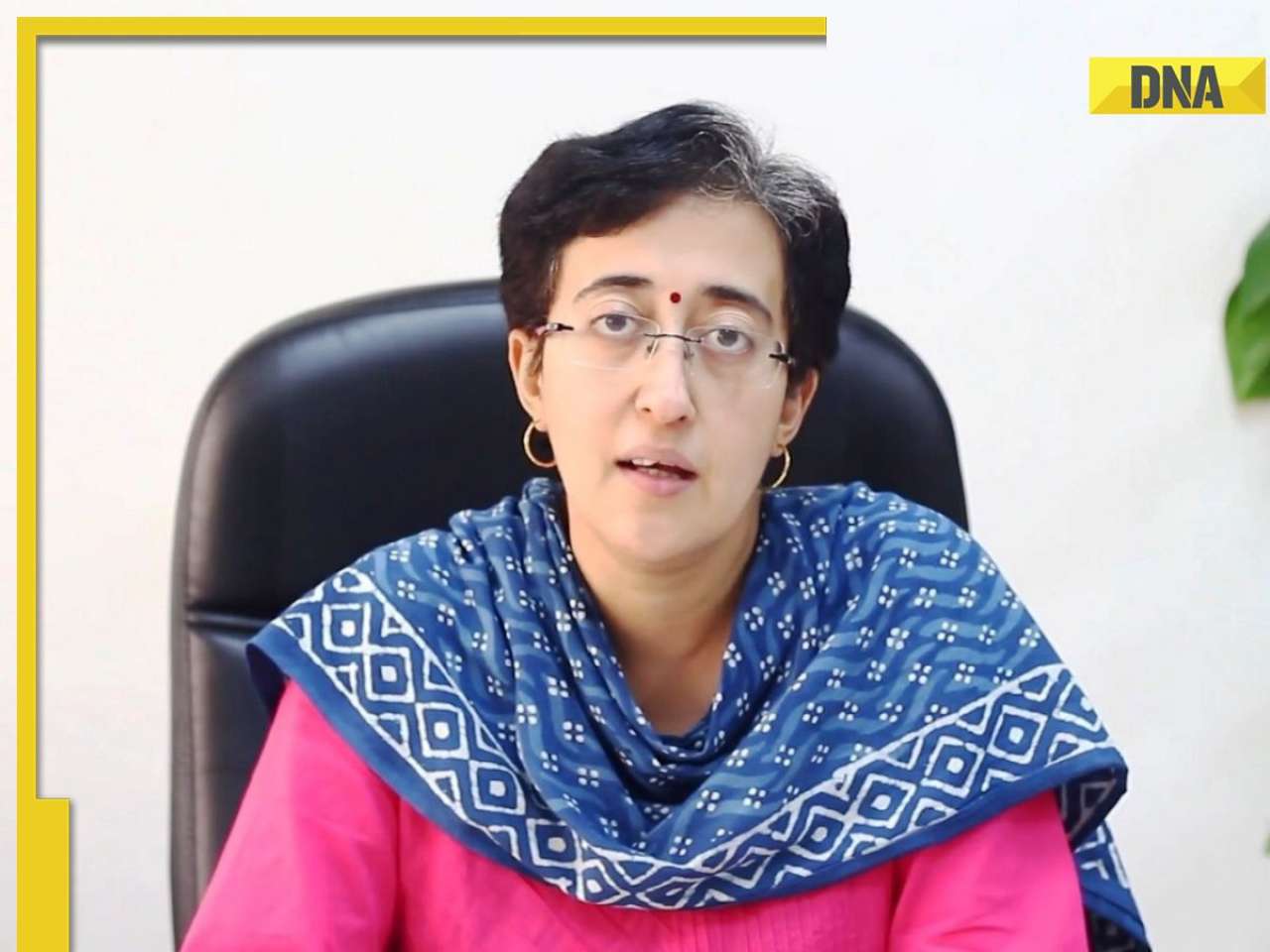



















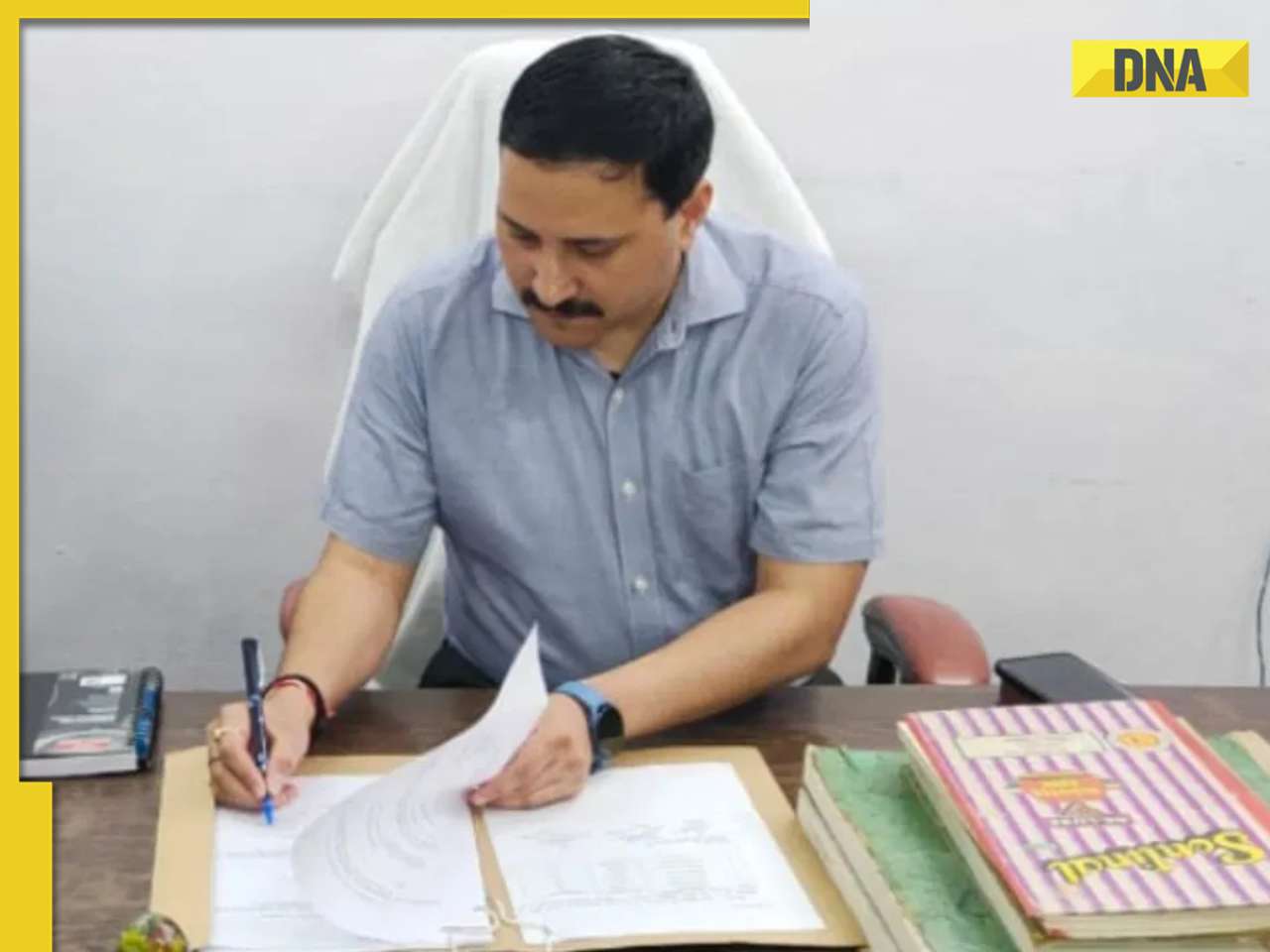


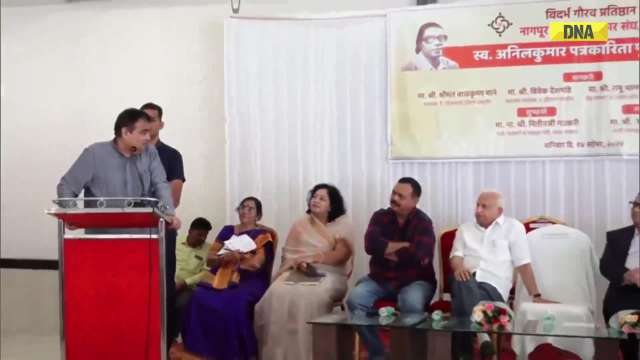






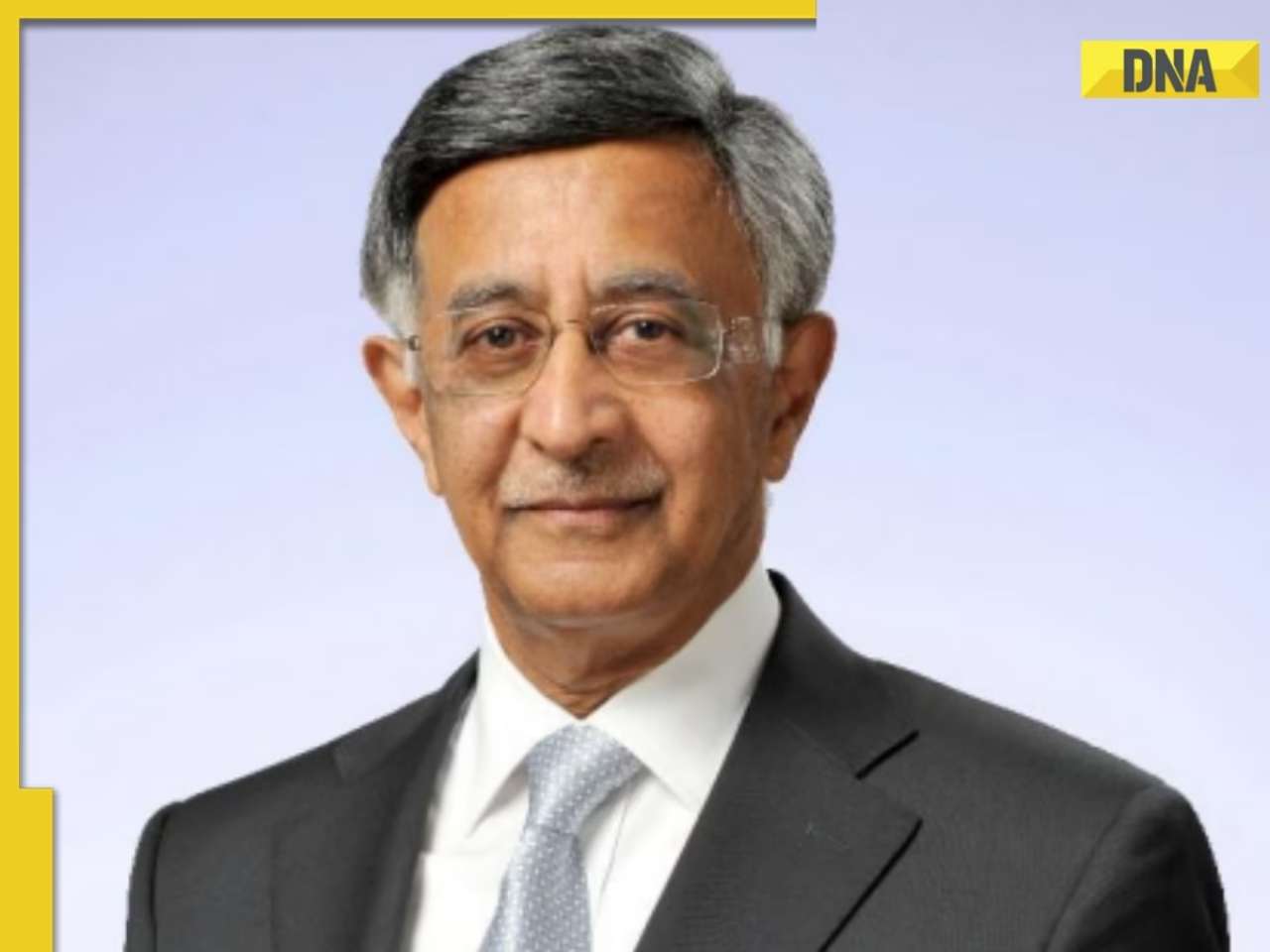






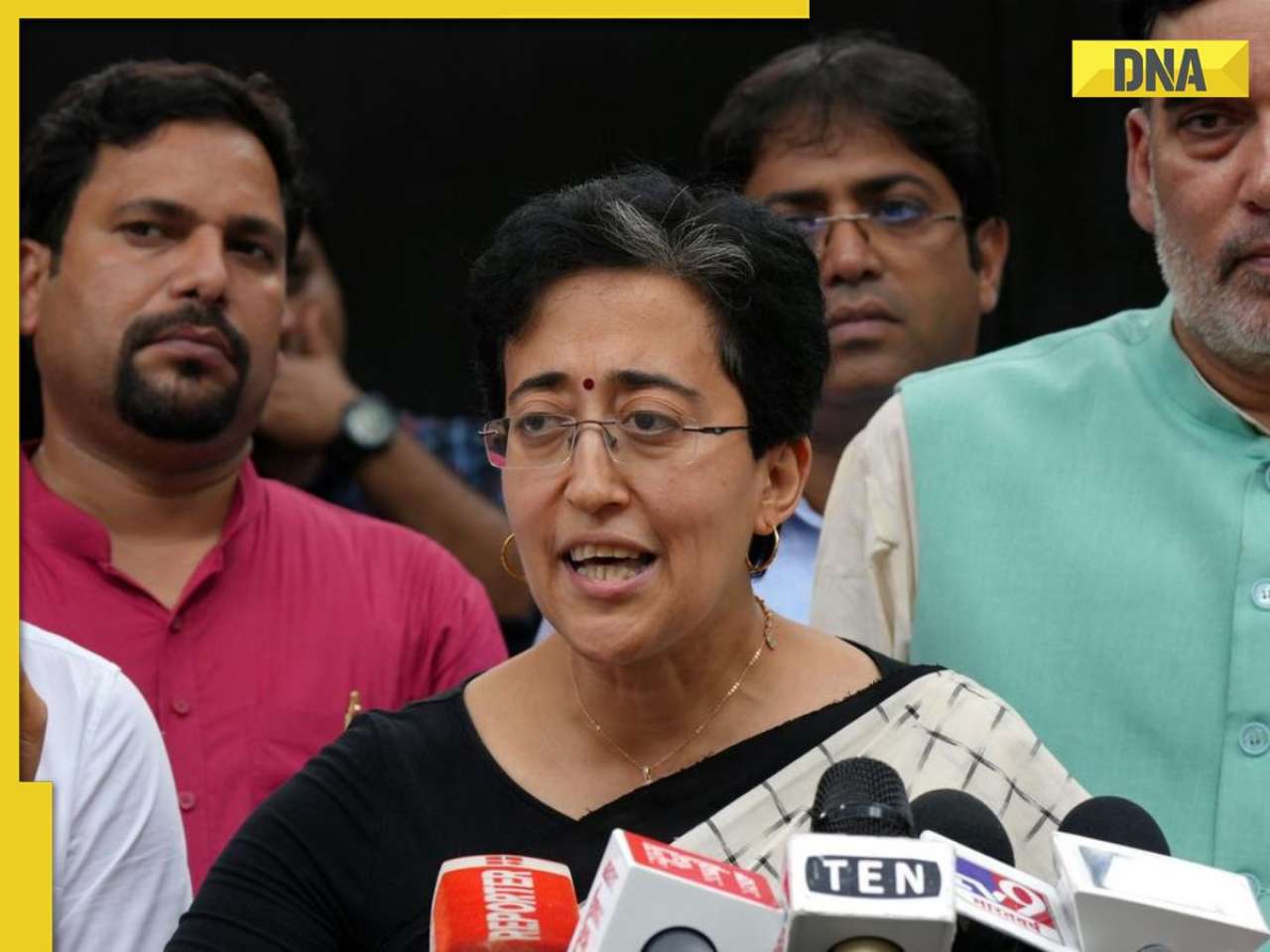



)
)
)
)
)
)
)
)
)
)
)
)
)
)
)





)
)
)
)
)
)